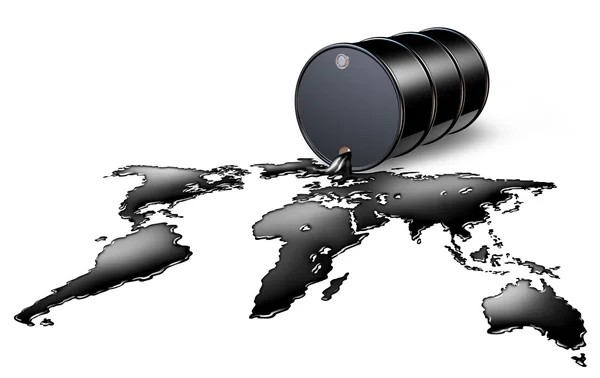Crude Oil Is Yet Not Clear of the bear tilt, despite OPEC+ cuts. Concerns about demand might be dampening mood.
Crude oil weak on uncertain demand projections
After the initial surge following the unexpected announcement of the output reduction by OPEC+ countries. Crude oil prices haven’t been able to sustain their gains. The wait-and-see setting might be used for a few distinct reasons.
The sluggish improvement in China’s economic growth raises the possibility that the recovery there may be postponed. Continued increases in energy costs would make it more difficult for central banks to control inflation, which would be detrimental to the global economy. When taken as a whole, a decline in oil consumption is a possibility. How strictly the organization enforces the contract is another crucial aspect to pay attention to. It might require time for the entire process to take effect.
WTI Perspective on Crude Oil
For the remainder of 2023, the oil complex is pricing in a significantly tighter supply-demand dynamic. Leaving the prior OPEC pronouncements predicting a Q2 oversupply and demand worries over the developing financial crisis.
The combination of OPEC+ cuts, low US petroleum tricky stockpiles, and the impending acute rise in Chinese demand. According to our analysis, will send WTI to $90+ areas in the second part of the year. Alongside Brent not far from the triple-digit point. This is despite the impending economic weakness in the West.
Technical Perspective of Crude Oil
This occurs when crude oil tests significant convergent resistance. Which includes the 200-day moving average and the January high, between 82.50 and 84.50. For the nine-month price decline to ease, oil would need to rise over the critical hurdle. The Nov top of 93.75 might be reached with a clear break over the 82.50-84.50 zone.
According to the candlestick graph based on trend indicators, the rebound so far seems to be corrective inside a negative period. Additionally, the 14-week RSI has been restricted between 50 and 55, which is the point at which correcting rallies frequently lose pace.
On the downside, primary support is found at the higher margin of the distance from this past weekend (around 79.00). While secondary support is found at the lower edge of the split (around 75.50). The likelihood that the comeback since late March was a fake bounce would increase if the bullish gap is filled.
Oil recovered in March from a significant buffer created by the 200-week moving average, close to the bottom of 61.75 in Aug 2021.









